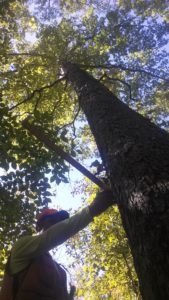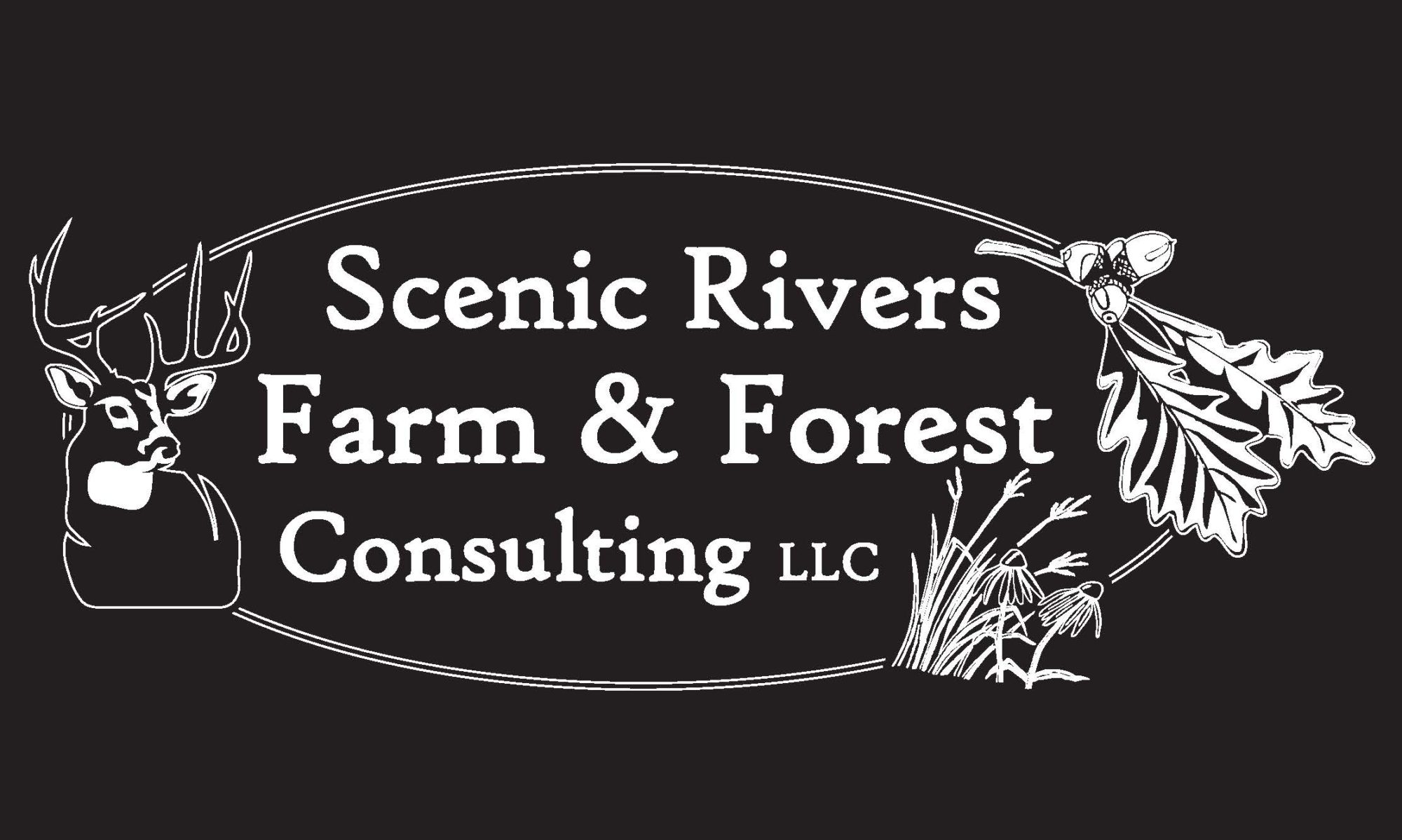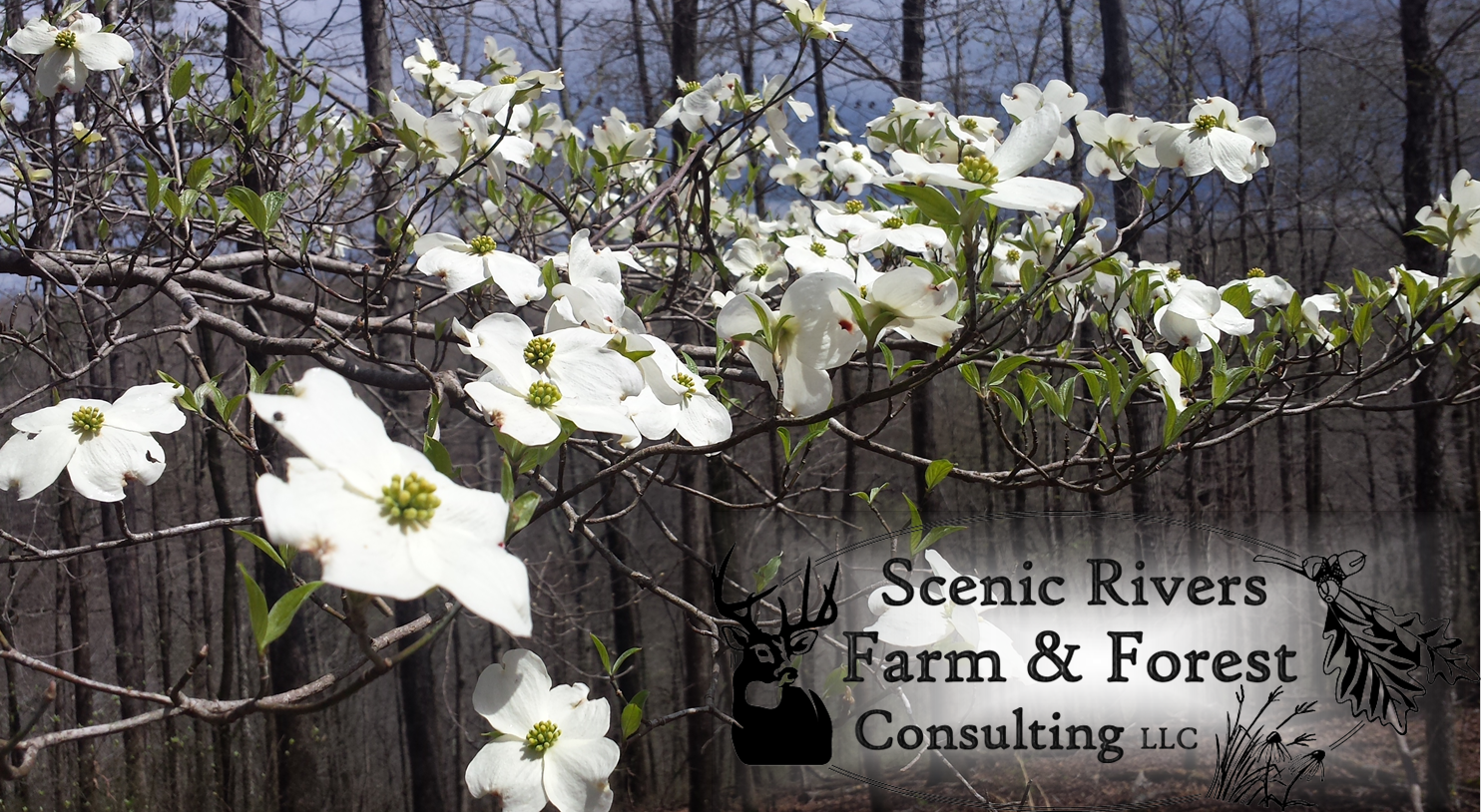 Understanding the differences in the wooded communities has helped direct management strategies that help reach full potential for a variety of goals. On your private land, your objectives within the means and ability of what the land is capable of sustainably supporting is the key driving force that influences management decisions.
Understanding the differences in the wooded communities has helped direct management strategies that help reach full potential for a variety of goals. On your private land, your objectives within the means and ability of what the land is capable of sustainably supporting is the key driving force that influences management decisions.
It may be helpful for you to have a basic understanding of where those limitations are for your wooded areas. Its not advisable to attempt to create an open woodland site out of a high quality forest, nor is it beneficial to try and manage high quality timber on woodland sites with low growth potential.
A very good place for you to start in the process of learning about your woods and its potential to meet your goals is a forest management plan prepared by Scenic Rivers Farm & Forest Consulting. We will help you plan how to accomplish your goals based on a detailed assessment of your woods.
A forest management plan will most likely break up your woods in to management units called stands that share similar characteristics. A detailed inventory of each stand will provide information that we can use to provide a management recommendation to improve each stand. Most management plans are written to guide you in what you can do to accomplish goals for a 10 year period.
Understandings of wooded areas have grown over the years describing and defining the woods in broader terms than in years past. Foresters are taking a more detailed look at features such as soil type, slope, and aspect, and how those features influence the woods growth potential, species composition, habitat characteristics and wildlife response. A brief description of these different wooded sites are as follows.
Forest
True forests are typically found on more productive growing sites, where a crop tree can grow up to 60 to 90 feet tall in the first 50 years of growth with very low fire frequency. In areas where there is a lot of topographical change such as the Ozarks of south Missouri, these sites tend to be found on north and east facing slopes where soils are more protected from the hot sun and stay more moist.
Where conditions are more moist on the forest floor, it provides a more suitable environment to break down leaves and debris into a rich organic layer in the soil. Depending on successional stage, forests tend to have a multi layered vegetation structure with an abundant mid-story and under-story beneath a generally closed canopy. Because of the more moist conditions, forest sites tend to have a considerably less fire frequency.
Management of forest sites typically is done with a mix of objectives such as high quality timber production and wildlife management. Forests typically have a good mix of hard and soft mast trees providing a suite of food off the ground during various times in the year. The forest floor is generally comprised of patchy herbaceous plants, ferns, mosses, fungi, spring time herbs, and plants that grow from bulbs or stolens that are designed to push up through the deeper leaf litter layer.
Typical forest management activities include:
- Timber harvest with oversight by a professional forester with long term sustainability as the primary goal, using both even-age or uneven-age management where appropriate.
- Timber stand improvement following a forest management plan for proper spacing
- Fencing to exclude livestock
- Creating wildlife watering facilities
- Creating temporary or permanent forest openings for wildlife and increased plant diversity
Woodlands
Woodlands are typically found on broad ridges, rolling uplands, and south and west facing slopes in the deeply dissected southern Ozarks. Woodland soils are dryer and have rooting limitations due to fragipans or depth to bedrock, naturally limiting tree growth and height and tree species not well suited to these harsher sites.
On woodland sites, crop trees typically are limited to between 40 and 70 feet tall in the first 50 years of growth, and generally don’t gain much height after 50 or 60 years. Due to the sites dry conditions, these woodlands typically are subject to more frequent fire keeping a more open mid-story depending on successional development and further limiting overstory tree species to the more fire tolerant thick barked species.
Management of these woodlands are commonly done with a mix of low value timber production and wildlife management as the primary objectives. Woodlands, because of the increased fire frequency, generally have a good mix of hard mast and pine overstory trees and when managed well with proper thinning and prescribed fire, have a more abundant understory mix of grasses, forbs, and woody sprouts with a less prominent mid-story.
These dry woodlands respond to thinning mostly in ways that increase wildlife value such as increased hard mast yield and increased browse due to woody sprout and forb development.
Typical woodland management activites include:
- Timber harvest with oversight from a professional forester with the objective of long term sustainability and woodland health with the goal of shifting the species composition of the stand toward drought and fire tolerant species.
- Timber stand improvement with the goal of shifting species composition tward drought and fire tolerant species, opening the canopy to levels that meet landowner objectives, and removing the mid-story to create browse and room for additional herbaceous plants to grow on woodland floor.
- Introduce prescribed fire to promote sprouting of woody stems and remove litter layer to encourage growth of herbaceous grasses and forbs.
- Create wildlife watering facilities where applicable
- Create temporary or permanent forest openings for wildlife.
Open Woodlands
Open woodlands much like woodlands, are found on the harshest of sites that will support tree growth, with dryer exposed soils have rooting limitations due to fragipans or very shallow soils. Tree growth, depending on species is generally limited to between 30 and 70 feet at the first 50 years of growth and generally don’t exceed that height much past that age.
The canopy or overstory trees in an open woodland are commonly made up of pine or fire tolerant oaks in Missouri, and are spaced out with significant gaps in the canopy somewhere between 30 and 60 percent canopy closure. Fire and it’s much more frequent occurrence in these wooded habitat types play a significant roll in creating and or maintaining an open canopy, a nearly absent midstory, making way for sunlight to grow a lush green understory of grasses, forbs and legumes. Fire consumes much of the surface leaf litter making it possible for the light seeded and fire dependent plants to sprout and grow on the woodland floor.
Management of these open woodlands are mostly centered around the long term objective of wildlife management with infrequent low value timber production as a much lower priority.
Typical open woodland management activities:
- Timber harvest with the oversight of a professional forester with the objective of quickly achieving the appropriate stocking and spacing of fire tolerant leave trees in the stand. The objective is to achieve a desired open canopy structure to increase plant diversity in the understory for wildlife, and not necessarily long term timber management.
- It is recommended to avoid accumulation of downed trees around the bases of the trees intended to keep in the stand, and slashing of tops and limbs down to knee level or below is recommended to both increase decomposition rate and reduce fire hazard or intensity during a prescribed burn.
- Use heavy woodland thinning to thin stand from below, thinning all the trees from the smallest diameter working up towards the largest diameter until the desired open spacing of the largest fire tolerant trees in the stand is achieved based on landowner objectives.
- It is recommended to avoid accumulation of downed trees around the bases of the trees intended to keep in the stand, and slashing of tops and limbs down to knee level or below is recommended to both increase decomposition rate and reduce fire hazard or intensity during a prescribed burn.
- Introduce prescribed fire to promote sprouting of woody stems and remove litter layer to encourage growth of herbaceous grasses and forbs. Fire frequency may be adjusted to maintain, reduce or increase woody mid-story for eventual recruitment of fire tolerant trees into the over-story. Generally open woodlands should be burned on a 2 to 5 year rotation.
- Create wildlife watering facilities where applicable
- Create temporary or permanent forest openings for wildlife.
- Keep a close eye on possible invasive species encroachment and deal with problem areas or plants early and often.

